House plants aren’t just pretty they can make a real difference in how you feel.
They clean the air, cheer you up, and even help you get more done.
But what if you’re not a gardening pro?
Don’t worry! There are tons of easy-care house plants that’ll thrive even if you’re a little forgetful.
In this guide, we’ll show you some of the best low-maintenance options.
Whether you have a bright room or a dark corner, we’ve got a plant for you. Let’s dive in and find the perfect green friend for your home.

Low-Light House Plants
Not every home is blessed with an abundance of natural light, but that doesn’t mean you can’t enjoy the benefits of indoor plants. These low-light champions thrive in dimly lit corners and spaces away from windows, making them perfect for apartments, offices, or rooms with limited sunlight.
Snake Plant (Sansevieria)
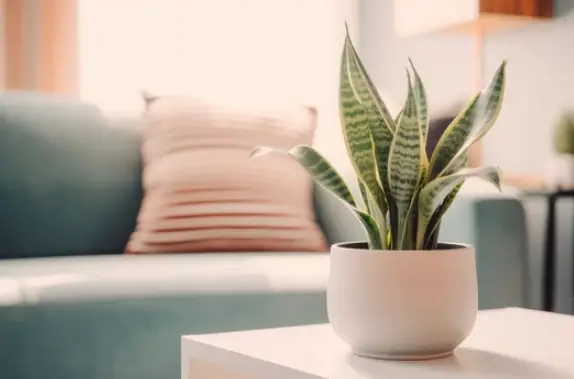
The Snake Plant, also known as Mother-in-Law’s Tongue, is a hardy succulent that’s practically indestructible. Its tall, upright leaves with striking patterns make it an attractive addition to any room.
Key care tips:
- Watering: Allow the soil to dry completely between waterings. In low-light conditions, this might mean watering only once every 2-3 weeks.
- Light: Tolerates low light but can also adapt to brighter conditions.
- Soil: Well-draining potting mix.
- Additional benefits: Known for its air-purifying qualities, removing toxins like formaldehyde and benzene.
ZZ Plant (Zamioculcas zamiifolia)

Repot Your ZZ Plant
The ZZ Plant is a true low-maintenance superstar. With its glossy, dark green leaves, it adds a touch of elegance to any space while requiring minimal care.
Key care tips:
- Watering: Drought-tolerant; water only when the soil is completely dry.
- Light: Thrives in low light but can tolerate a range of light conditions.
- Soil: Well-draining potting mix.
- Additional benefits: Excellent air purifier, removing xylene, toluene, and benzene from the air.
Pothos (Epipremnum aureum)
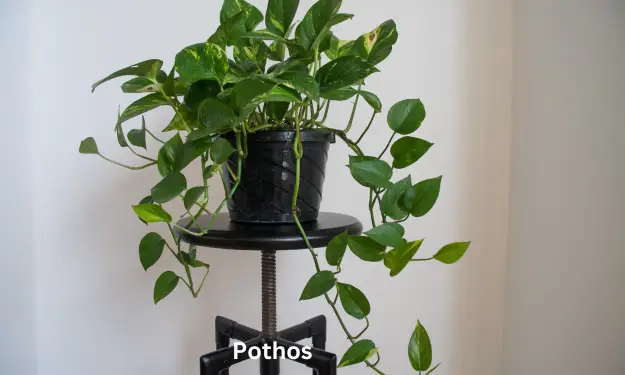
Pothos, or Devil’s Ivy, is a versatile trailing plant that’s perfect for beginners. Its heart-shaped leaves come in various shades of green, and some varieties feature beautiful variegation.
Key care tips:
- Watering: Allow the top inch of soil to dry between waterings.
- Light: Adaptable to various light conditions, from low to bright indirect light.
- Soil: Standard potting mix.
- Additional benefits: Easy to propagate; simply cut a stem with a leaf node and place it in water.
Bright-Light House Plants
For those lucky enough to have well-lit spaces, these plants will thrive and add vibrant greenery to your home. While they prefer brighter conditions, most can tolerate some shade, making them adaptable to various environments.
Spider Plant (Chlorophytum comosum)
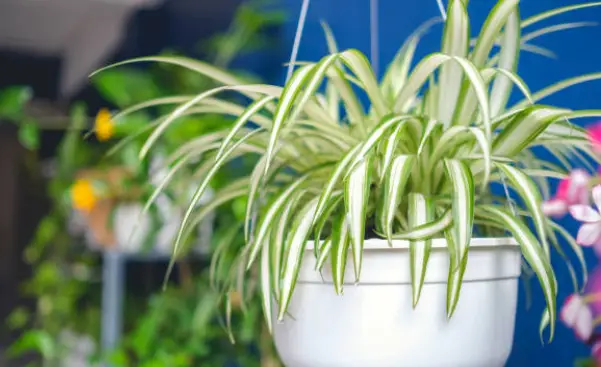
Are Spider Plants Poisonous
The Spider Plant is a classic choice for hanging baskets or elevated pots. Its long, arching leaves and small plantlets (often called “spiderettes”) give it a unique and appealing look.
Key care tips:
- Watering: Keep the soil lightly moist, but not soggy.
- Light: Prefers bright, indirect light but can tolerate lower light conditions.
- Soil: Well-draining potting mix.
- Additional benefits: Excellent air purifier and safe for pets.
Aloe Vera
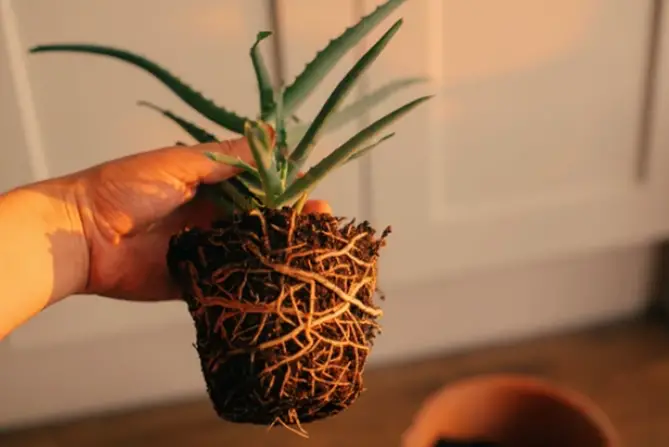
Aloe Vera is not only an attractive succulent but also a useful plant to have around for its medicinal properties. Its thick, fleshy leaves store water, making it drought-tolerant and low-maintenance.
Key care tips:
- Watering: Allow the soil to dry completely between waterings.
- Light: Requires bright, direct sunlight for several hours a day.
- Soil: Cactus or succulent potting mix.
- Additional benefits: The gel inside the leaves can be used to soothe minor burns and skin irritations.
Rubber Plant (Ficus elastica)
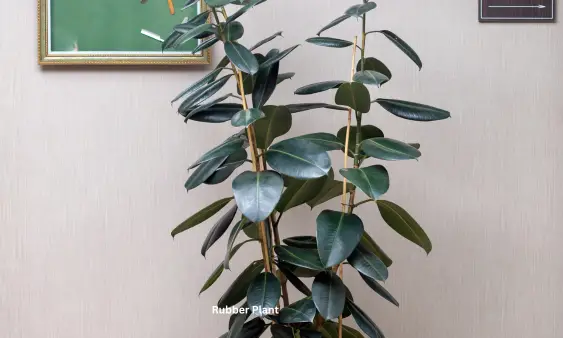
The Rubber Plant is a striking addition to any home with its large, glossy leaves. It can grow quite tall, making it an excellent choice for filling empty corners or creating a bold statement piece.
Key care tips:
- Watering: Allow the top inch of soil to dry between waterings.
- Light: Thrives in bright, indirect light but can tolerate lower light conditions.
- Soil: Well-draining potting mix.
- Additional benefits: Effective air purifier, removing formaldehyde from the air.
Pet-Friendly Easy House Plants
For pet owners, it’s crucial to choose plants that are non-toxic to cats and dogs. These pet-friendly options allow you to enjoy the benefits of house plants without worrying about your furry friends’ safety.
Areca Palm (Dypsis lutescens)

The Areca Palm, also known as the Butterfly Palm, brings a tropical feel to any room. Its feathery fronds create a lush, green backdrop that’s both beautiful and safe for pets.
Key care tips:
- Watering: Keep the soil consistently moist but not waterlogged.
- Light: Prefers bright, indirect light.
- Soil: Well-draining potting mix.
- Additional benefits: Natural air humidifier and effective air purifier.
Boston Fern (Nephrolepis exaltata)

The Boston Fern is a classic houseplant known for its lush, arching fronds. It’s an excellent choice for hanging baskets or placing on elevated surfaces where its graceful foliage can cascade down.
Key care tips:
- Watering: Keep the soil consistently moist.
- Light: Thrives in indirect light; avoid direct sunlight.
- Soil: Rich, organic potting mix.
- Additional benefits: Helps increase air humidity, beneficial for those with respiratory issues.
Calathea
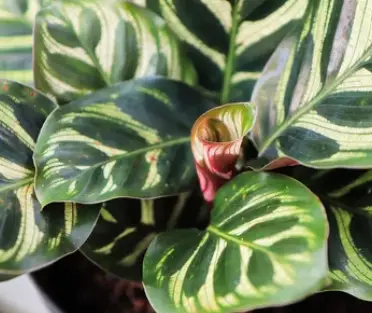
Calatheas, also known as Prayer Plants, are prized for their striking leaf patterns and colors. These plants are not only pet-safe but also add a touch of exotic beauty to your home.
Key care tips:
- Watering: Keep the soil lightly moist; use distilled water or rainwater if possible.
- Light: Prefers low to medium indirect light.
- Soil: Well-draining potting mix rich in organic matter.
- Additional benefits: Many Calathea species exhibit nyctinasty, a phenomenon where leaves fold up at night and open during the day.
Air-Purifying Easy House Plants
While all plants contribute to cleaner air, some are particularly effective at removing common indoor pollutants. These air-purifying powerhouses not only look great but also help create a healthier living environment.
Peace Lily (Spathiphyllum)

The Peace Lily is a popular choice for its elegant white flowers and glossy green leaves. It’s also one of the most effective plants for improving indoor air quality.
Key care tips:
- Watering: Keep the soil consistently moist but not waterlogged.
- Light: Thrives in low to medium indirect light.
- Soil: Well-draining potting mix.
- Additional benefits: Removes toxins like benzene, formaldehyde, and trichloroethylene from the air.
English Ivy (Hedera helix)

English Ivy is a versatile plant that can be grown as a hanging plant, trained to climb, or used as ground cover. Its ability to remove airborne mold makes it an excellent choice for bathrooms or other humid areas.
Key care tips:
- Watering: Keep the soil slightly moist; mist leaves regularly.
- Light: Prefers bright, indirect light but can tolerate lower light conditions.
- Soil: Well-draining potting mix.
- Additional benefits: Effective at removing formaldehyde and benzene from the air.
Philodendron
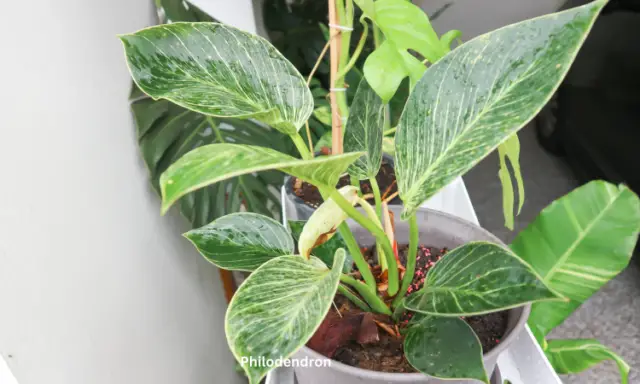
Philodendrons are a diverse group of plants known for their beautiful foliage and easy care requirements. Whether you choose a trailing variety or one with large, split leaves, these plants are excellent air purifiers.
Key care tips:
- Watering: Allow the top inch of soil to dry between waterings.
- Light: Adaptable to various light conditions, from low to bright indirect light.
- Soil: Well-draining potting mix rich in organic matter.
- Additional benefits: Removes formaldehyde and other volatile organic compounds (VOCs) from the air.
Small Space-Friendly Easy House Plants
Limited space doesn’t mean you have to forgo the joys of indoor gardening. These compact plants are perfect for small apartments, dorm rooms, or any area where space is at a premium.
Succulents
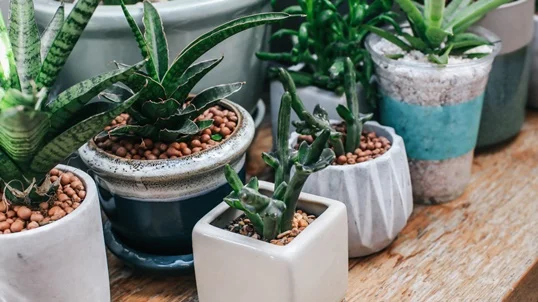
succulents survive without water 1-tile
Succulents come in a wide variety of shapes, sizes, and colors, making them perfect for creating miniature gardens or adding a pop of interest to small spaces.
Key care tips:
- Watering: Allow the soil to dry completely between waterings.
- Light: Most succulents prefer bright, direct light.
- Soil: Cactus or succulent potting mix.
- Additional benefits: Many succulents are easy to propagate, allowing you to expand your collection.
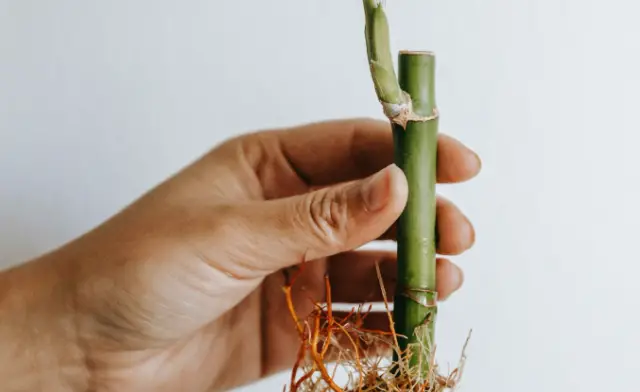
Lucky Bamboo Plant
(Dracaena sanderiana)
Despite its name, Lucky Bamboo is not actually bamboo but a type of Dracaena. It’s often grown in water and can be shaped into various designs, making it a popular choice for small spaces and office desks.
Key care tips:
- Watering: If grown in water, change the water every 1-2 weeks. If planted in soil, keep it lightly moist.
- Light: Thrives in low to moderate indirect light.
- Growing medium: Can be grown in water or well-draining potting mix.
- Additional benefits: According to Feng Shui principles, Lucky Bamboo is believed to bring good fortune and prosperity.
String of Pearls (Senecio rowleyanus)

This unique succulent features cascading stems adorned with small, bead-like leaves. It’s perfect for hanging baskets or placing on high shelves where its trailing vines can be fully appreciated.
Key care tips:
- Watering: Allow the soil to dry completely between waterings.
- Light: Bright, indirect light is ideal.
- Soil: Well-draining cactus or succulent mix.
- Additional benefits: Its distinctive appearance makes it a great conversation starter.
Conclusion
House plants aren’t just pretty; they can make a big difference in your home. They clean the air, make you feel good, and are easy to care for. There’s a perfect plant for everyone, no matter how much light you have.
Start small with one or two plants that suit your space. As you get more comfortable, you can add more. The plants we’ve talked about here are just the beginning. There are tons of other easy-care options to explore.
We’d love to hear about your experiences with house plants. Have you tried any of the ones we mentioned? Do you have any tips for keeping them healthy? Share your thoughts below, and let’s help each other create beautiful, green homes together.
Remember, bringing nature indoors isn’t just about decoration. It’s about creating a healthier, happier place for you and your plants. Happy gardening!




